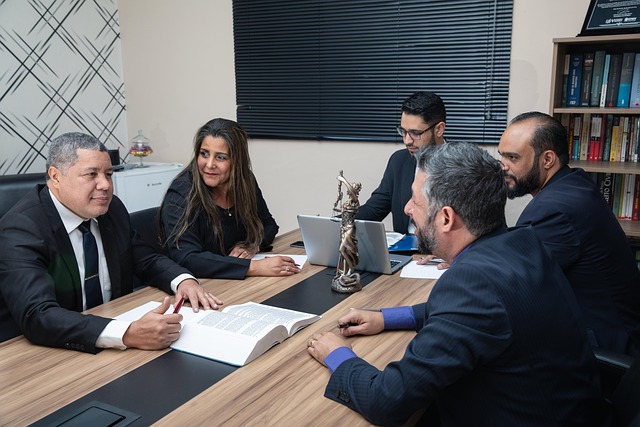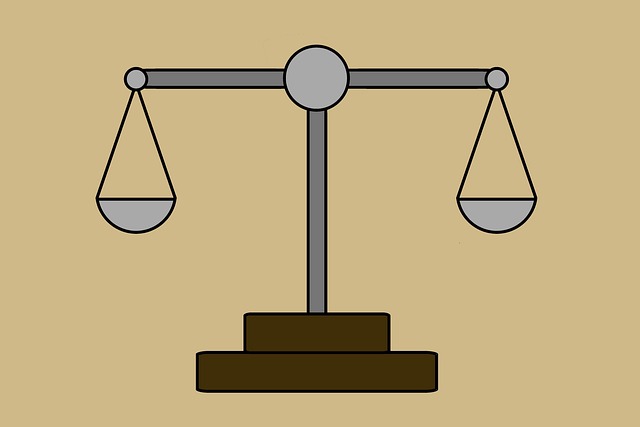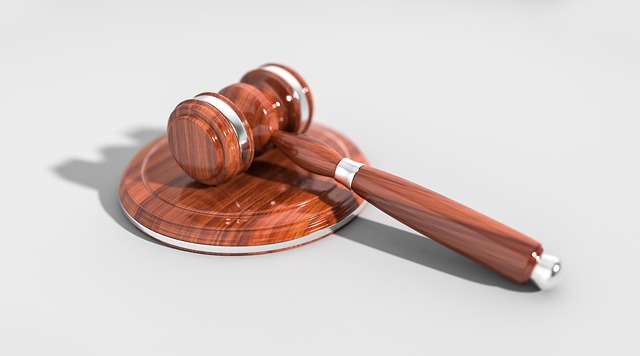Witness statements are crucial in personal injury cases, providing unbiased, first-hand accounts that enhance evidence collection and significantly impact litigation outcomes. These statements fill gaps in primary evidence, offer detailed insights into incident circumstances, and are vital for complex cases lacking physical proof, like truck accidents or real estate disputes. Best practices for handling witness statements include encouraging detailed descriptions, prompt gathering, careful documentation, and organized storage to ensure their reliability and effectiveness as personal injury evidence.
Witness statements play a pivotal role in personal injury cases, providing crucial support to evidence collection processes. These accounts offer firsthand insights into accidents, enhancing the reliability of injury claims. This article delves into the significance of witness testimonials, exploring how they complement and strengthen the overall body of personal injury evidence. By understanding their value, legal professionals can effectively manage witness statements, ensuring robust representations and favorable outcomes.
- Understanding Witness Statements in Personal Injury Cases
- The Role of Witness Testimony in Evidence Collection
- Best Practices for Effective Witness Statement Handling
Understanding Witness Statements in Personal Injury Cases

Witness statements play a pivotal role in personal injury cases, serving as a crucial component of evidence collection. These accounts provide an objective and first-hand perspective of the incident, offering insights into what transpired leading up to, during, and immediately after the accident. In personal injury litigation, where outcomes can significantly impact an individual’s life and well-being, witness statements are invaluable. They help establish key facts, clarify circumstances, and paint a clearer picture of the events that led to the injuries sustained.
Understanding witness statements involves recognizing their significance in providing an unfiltered view of the scene. Unlike other forms of evidence, these accounts offer firsthand testimony from individuals who were present during the incident. Whether it’s a bystander, a friend, or a family member, each witness contributes a unique perspective that can corroborate or enhance the primary personal injury evidence. In complex cases, such as truck accidents or partnership disputes, multiple witnesses may provide varying insights, requiring careful analysis and evaluation to discern the most reliable information for legal proceedings, including real estate litigation.
The Role of Witness Testimony in Evidence Collection

Witness testimony plays a pivotal role in personal injury evidence collection, providing crucial insights that can shape the outcome of legal cases. When it comes to incidents like slip and fall accidents or defective products liability claims, elder law issues, or any other personal injury scenario, witness statements offer an unbiased perspective on what transpired. These accounts can corroborate or contradict the injured party’s version of events, adding depth and credibility to the overall evidence.
The reliability and detail contained within witness statements are invaluable assets. They help to fill gaps in memory, provide descriptions of actions and reactions, and capture the atmosphere and conditions present during the incident. In cases where there are no surveillance cameras or limited physical evidence, witness testimonies become the linchpin, enabling legal professionals to construct a compelling narrative for their clients.
Best Practices for Effective Witness Statement Handling

When handling witness statements, especially in personal injury cases, adhering to best practices ensures their effectiveness as evidence. Firstly, encourage witnesses to provide detailed accounts, including descriptions of events, observations, and any relevant sensory information. This richness of detail strengthens the statement’s reliability. Additionally, promptness is key; gathering statements soon after the incident reduces the risk of memory lapses or alterations, which can be crucial in reconstructing the sequence of events, particularly in auto accidents or medical malpractice cases.
Effective handling also involves careful documentation and organization. Each witness statement should be accurately recorded, transcribed, or documented digitally, with metadata noting the date, time, location, and witness’s relationship to the case. This systematic approach facilitates efficient review and cross-referencing of statements, especially when dealing with complex matters like real estate disputes or wrongful death claims, where multiple parties and perspectives may be involved.
Witness statements play a pivotal role in personal injury cases, serving as invaluable pieces of evidence that enhance the accuracy and strength of claims. By meticulously documenting observations and experiences, these statements provide crucial insights into the circumstances surrounding an accident or injury. Effective handling of witness testimonies through best practices ensures their reliability and admissibility, ultimately supporting a robust collection of personal injury evidence. This comprehensive approach facilitates fair and just outcomes for all involved parties.






